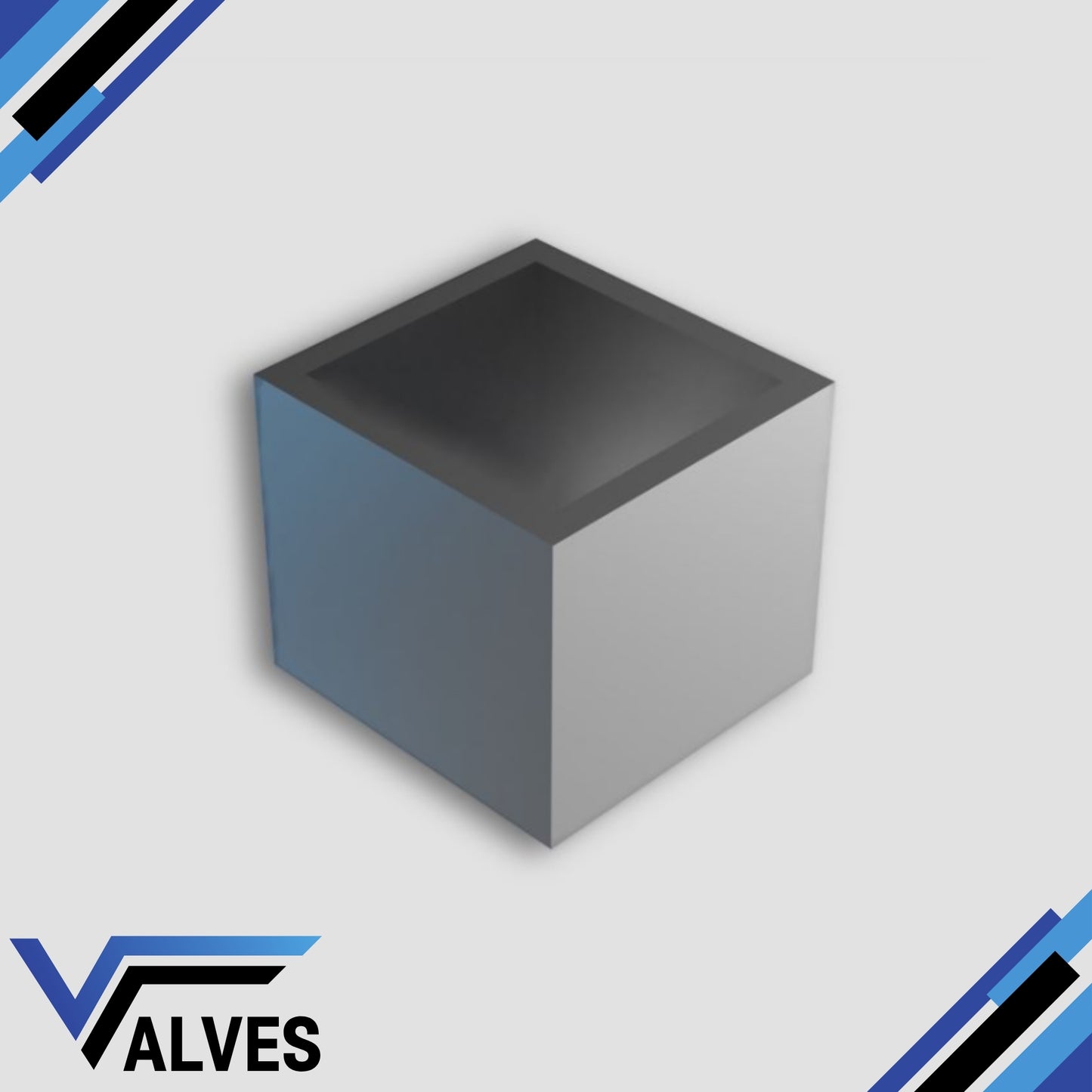Valves UK
Valve Actuator Square Drive Shaft Adaptors (10 Pieces)
Valve Actuator Square Drive Shaft Adaptors (10 Pieces)
Couldn't load pickup availability
The Valve Actuator Square Drive Shaft Adaptors are designed to provide a perfect connection between actuators and valve drive shafts of varying sizes. Supplied as a set of 10 precision-engineered adaptors, this pack ensures seamless compatibility and smooth torque transmission across multiple valve and actuator combinations.
Manufactured from high-strength steel and machined to tight tolerances, these adaptors offer long-lasting durability and accurate alignment for both manual and automated valve setups. Ideal for maintenance teams, OEMs, and valve automation specialists, they eliminate the need for custom machining when pairing components with mismatched shaft sizes.
Each adaptor in the set is built for square drive shaft systems, ensuring a secure fit that maintains rotational accuracy and minimises backlash. Perfect for use with pneumatic, electric, or hydraulic actuators, these adaptors provide the flexibility and reliability required in demanding industrial environments.
Key Features:
Pack of 10 precision-engineered square drive adaptors
Enables compatibility between different actuator and valve drive sizes
High-strength steel construction for long service life
Ensures smooth torque transfer and alignment accuracy
Suitable for pneumatic, electric, and hydraulic valve actuators
Ideal for workshops, installers, and valve automation engineers
Share

Enquire Online!
FAQ's
What is the difference between a valve and an actuator?
What types of actuators are available?
The main types of actuators are:
Pneumatic actuators – use compressed air for fast, reliable operation.
Electric actuators – use electrical power for precise control.
Hydraulic actuators – use fluid pressure for high-torque applications.
Each type offers unique advantages depending on the environment, media, and system control needs.
How do I choose the right actuator for my valve?
To select the correct actuator, consider:
Valve type and torque requirement
Power source available (air, electric, or hydraulic)
Operating environment (temperature, humidity, hazardous area)
Control signal type (on/off or modulating)
Matching actuator torque and compatibility with the valve’s ISO mounting ensures reliable performance.
What are the main types of valves used in automation?
The most common valves in automated systems include:
Ball valves – for tight shutoff and quick operation.
Butterfly valves – for larger flow control with compact design.
Globe valves – for precise throttling and flow regulation.
Check valves – to prevent backflow.
Gate valves – for full bore flow isolation.
What’s the difference between a double-acting and spring-return actuator?
Double-acting actuators use air (or power) to both open and close the valve.
Spring-return actuators use air to open (or close) the valve, and a built-in spring to automatically return it to a safe position when power or air is lost — ideal for fail-safe operation.
How often should valves and actuators be serviced?
Regular maintenance intervals depend on operating conditions, but a good rule of thumb is to inspect every 6–12 months.
This includes checking for leaks, lubrication, seal wear, and actuator responsiveness to prevent unexpected downtime.

